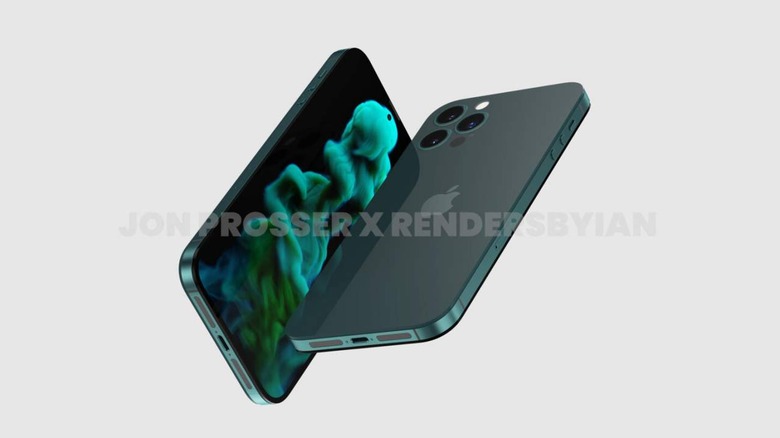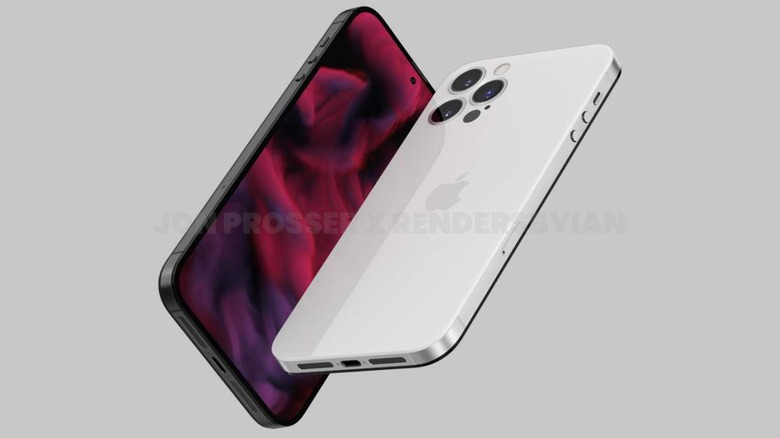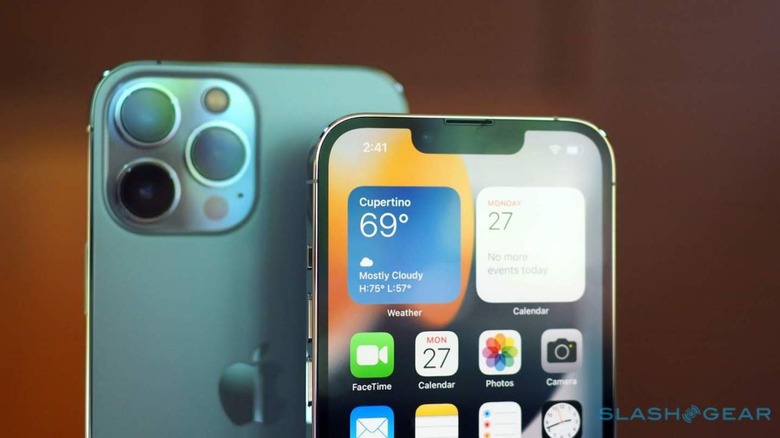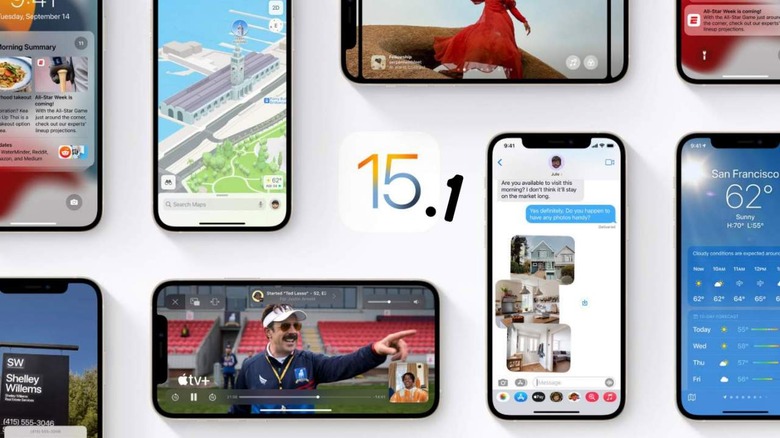iPhone 14 - Things we know so far
Rumors about the iPhone 14 started popping up online before the iPhone 13 was announced — and though we don't yet know what Apple has planned, there's enough info floating around to speculate. The company is rumored to be working on a foldable iPhone, at least based on certain patents, but there's no guarantee a folding model is in the pipeline at this time. In all likeliness, the next iteration of the iPhone will be called the iPhone 14 and it'll stick to the trusted form factor from previous years.
Based on the rumors coming in, the iPhone 14 is likely to ditch the notch (which is thinner on the iPhone 13 lineup) and it may not have a camera bump on the rear. These are the two most interesting assumptions amid the other expectations that should pique your interest.
iPhone 14 display and body
The iPhone 14 is likely to share the same flat-edged design as the iPhone 13 with some changes in the display and body. The iPhone 13 brought a 120Hz ProMotion display to the iPhone Pro variants and rumors suggest that all four iPhone 14 models may come with this display tech. This isn't guaranteed, however, as The Elec reported that ProMotion will be a Pro model exclusive and the standard iPhone 14 could feature an LTPS OLED display without the 120Hz ProMotion option.
There is a twist to the possible models the iPhone 14 could arrive in, however. Reportedly, the smaller 5.4-inch iPhone 13 mini will not have a successor in 2022; Apple may leave this size out of the equation and focus on larger-screen options. Instead of the mini, Apple may release the iPhone 14 Max with a 6.7-inch display – same as that of the iPhone 13 Pro Max – delivering a bigger screen model with a possibly larger battery, as well.
This means there would be four models in the iPhone 14 lineup but without the smaller screen option available in the iPhone 12 and 13 product lines. Based on the leaks, the upcoming product line may feature a 6.1-inch iPhone 14 and 14 Pro, as well as a larger 6.7-inch iPhone 14 Max and 14 Pro Max.
When it comes to the body design, meanwhile, prominent leaker Jon Prosser believes Apple will eliminate the camera bulge on the back of the iPhone 14 by using a thicker chassis. Some allegedly leaked images of the iPhone 14 Pro show a design resemblance to the iPhone 4 right from its front and back to the flat sides and the circular volume buttons.
Additionally, rumors also claim the iPhone 14 will feature a titanium alloy chassis, including a JP Morgan Chase report, as noted by Patently Apple. Titanium, which is stronger and more scratch-resistant than aluminum, has already been introduced on the Apple Watch and it may finally arrive on the iPhone line next year.
The notchless design
If there is one thing that Apple fans want the iPhone to do away with, it's the notch. The iPhone 13 was rumored to ditch this annoying design choice, but ultimately it remained — though its overall size was trimmed a bit from previous models.
With the launch of the iPhone 14, Apple is likely to herald the future of notch-less design, at least with the Pro models. Removal of the notch doesn't mean a change in functionality, mind. Apple analyst Ming-Chi Kuo believes Apple will ditch the notch and replace it with a hole-punch selfie camera instead.
The facial scanning tech, meanwhile, will likely find a new home. The Face ID on iPhone 14, at least according to the rumors, will be placed under the display. Apple is believed to be working on the possibility of under-display Face ID, a claim that has been substantiated by multiple analysts, including Mark Gurman of Bloomberg.
iPhone 14 camera
A new iPhone is always launched with better camera technology and the iPhone 14 isn't likely to be an exception. This model will reportedly feature a tweaked appearance with a bump-free rear camera model — it'll be built flush into the glass body, the leaks allege.
Analyst Kuo believes the iPhone 14 Pro models could beef up the main camera to 48-megapixel. Also rumored is the possibility of a periscope zoom lens and 8K video recording. From how the other OEMs are seeing the camera space, Apple could join the league with a quad-camera for the Pro models and a triple camera on the standard iPhone 14 models.
A powerful chip
Each new iPhone comes with a more powerful and efficient processor. With that in mind, the A16 Bionic chipset is expected to power the iPhone 14. This will reportedly be built either on a 3nm or 4nm process by TSMC. Initially, it was believed that the chip would be based on a 3nm process, but there's reason to believe that plan may have changed.
TSMC has talked about a shortage of 3nm chips, which means the iPhone 14 could feature a chip built on the 4nm process. This would offer certain advantages over the 5nm A15 chip in the iPhone 13 (via Tom's Guide).
Other notable possibilities
The iPhone 12 made 5G on smartphones more acceptable. With the iPhone 13, it was all about network speed. Consumers have even bigger expectations for the iPhone 14. Apple could take on the challenge by utilizing the first 10-gigabit 5G modem – Snapdragon X65 – to offer improvements in both speed and connectivity.
Though the European Union proposes mandatory USB-C on all devices – including iPhones – Apple is likely to continue without it. Instead, rumors indicate the company may eliminate the iPhone's Lightning port in favor of MagSafe charging to get rid of the port entirely.
With user safety in mind, Apple is also reportedly working on a crash detection feature for the iPhone 14. This alleged feature would detect an accident using the phone's sensors and accelerometer, then instantly dial emergency services for help (via WSJ).
Final thoughts
Apple made some hearts skip a beat when it launched the new MacBook Pro models at almost twice the cost of their predecessors. Something similar is likely not in the works for the new iPhone, but things could change by the time the iPhone 14 is actually launched. The iPhone 14 lineup is expected to launch in September 2022 based on Apple's history, but that may depend heavily on the wider industry's status at that time and whether chip shortages remain an issue.





